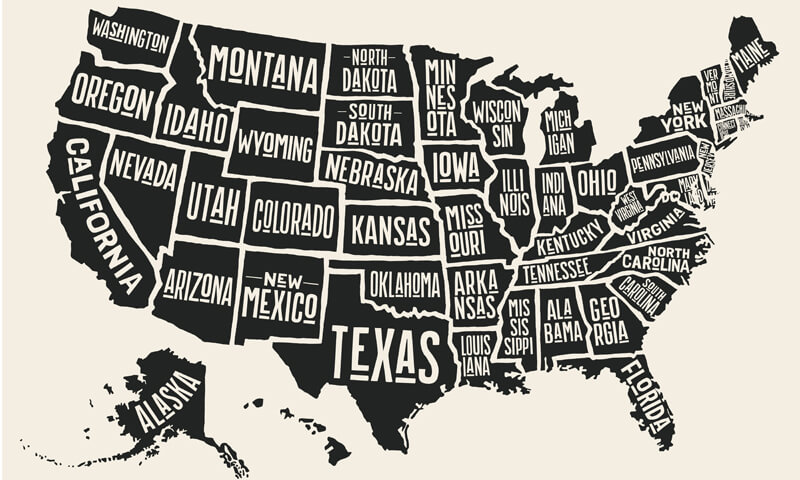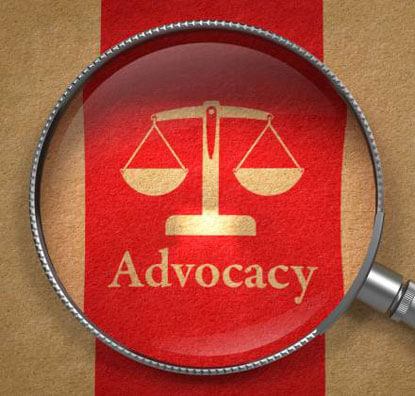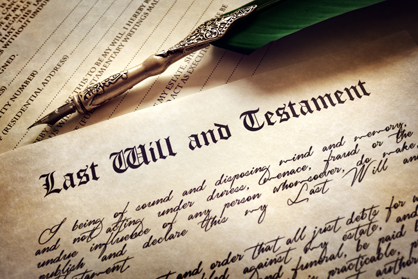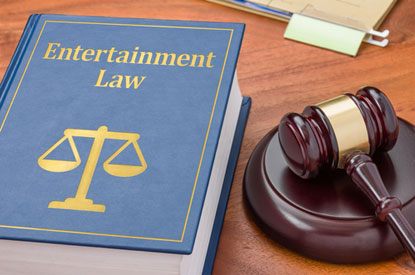First Amendment rights in the United States have been stable for decades, but recent years have seen a resurgence of anti-speech tactics used during the “Red Scare” of the 1950s. Censorship is increasing at all levels of government, with bans on books and drag performances becoming increasingly common nationwide. This trend is troubling to Joe Cohn, legislative and policy director with the Foundation for Individual Rights and Expression, who warns that we see a concerted wave that we have not seen in decades.
Ken Paulson, director of the Free Speech Center at Middle Tennessee State University, notes that no political group monopolizes censorship and that aggression is increasing across the spectrum. He points out that it is “pretty mind-boggling that so many politicians are waving the flag of freedom while doing anything they possibly can to infringe on the free speech rights of Americans.”
Washington state’s bias hotline bill, which aimed to track offensively discriminatory statements and hate crimes, died in committee earlier this year due to concerns that it would chill protected speech. Hate speech is still generally protected by the First Amendment. Oregon created a similar bias hotline in 2019, receiving nearly 1,700 calls in 2021, with nearly 60% of the reported incidents falling short of criminal standards, according to an annual report from Oregon Attorney General Ellen Rosenblum’s office.
Artist Katrina Majkut recently experienced censorship firsthand when her artworks were unexpectedly censored at Lewis-Clark State College in Lewiston, Idaho. Majkut was hired to curate an exhibit on healthcare issues like chronic illness, pregnancy, and gun violence. However, a day before the show’s opening, Majkut and two other artists were told some of their work would be removed over administrator fears about running afoul of Idaho’s “No Public Funds for Abortion Act.” The 2021 law bars state-funded entities from promoting abortion or taking other measures that could be seen as training or counseling someone in favor of abortion.
Majkut’s cross-stitch depicting misoprostol and mifepristone tablets, which can be used together to induce abortion early in pregnancy, was removed from the exhibit along with a wall plaque detailing Idaho’s abortion laws. LCSC spokesman Logan Fowler said the school decided after consulting with attorneys whether showing the art could violate the law. Republican Rep. Bruce Skaug, the law’s author, said it was not intended to “prevent open discussion” of abortion — only to prevent tax dollars from being used to promote it.
The art exhibit censorship comes two months after another controversial decision by Skaug. As chairman of the Idaho House Judiciary and Rules Committee, Skaug announced in January that people under 18 would not be allowed to testify in his committee. A group of teens took action, launching phone and email campaigns and staging protests. The lawmakers eventually modified their rules, allowing youth to testify as long as they have signed permission slips from a parent or guardian. Skaug said the rule was necessary to ensure parents know if their kids are leaving school to testify at the Statehouse.
Cohn warns that the efforts in Idaho and elsewhere reflect the danger of restricting the expression of people who hold opposing views. “We have to be ever-vigilant if we want our culture of individual freedoms to prevail,” he said. “Bad ideas are better dealt with through debate and dialogue than government censorship.”
















































